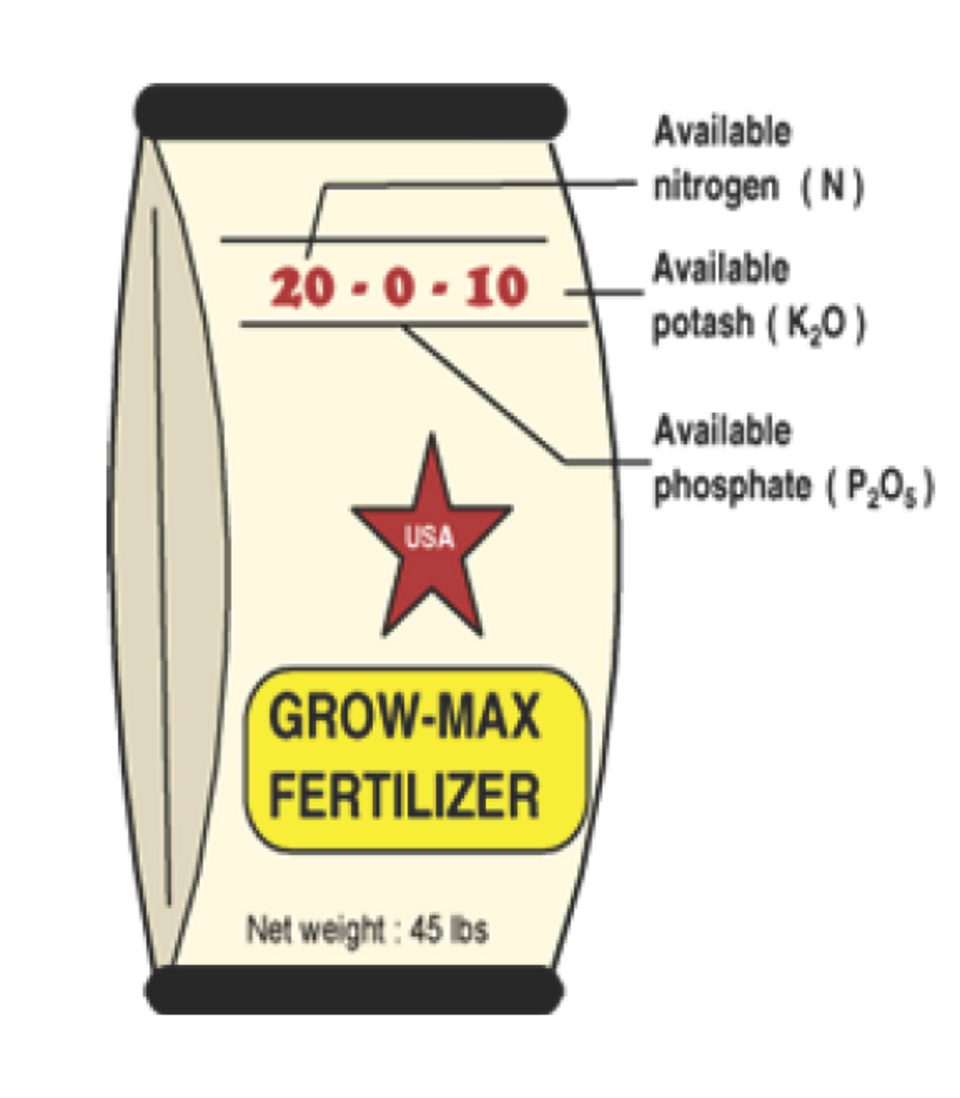Excess Nitrogen is Not Good and can Impact Plant Water Use and Water Quality

Nitrogen is an essential plant nutrient. Like most things, too much of a good thing is not good. I recently visited with a gentleman who told me when he purchased a shade tree he was told to fertilize it once a week through the growing season. I’m also asked if trees need to be fertilized. The client is often asking because their lawn service is offering to fertilize their trees at the same time they fertilize the lawn. These are both cases of excess or unneeded nitrogen fertilization that can harm plants.
Excess nitrogen (N) is harmful to plants and soil health. It causes plants to use more water and excess nitrogen leads to water pollution by leaching into groundwater or running off into surface. Excess N burns fine root hairs responsible for water and nutrient uptake. It increases a plants susceptibility to insects, especially sap sucking insects. It can lead to deficiencies of other nutrients like iron or manganese. It increases thatch in turf. In soil, excess nitrogen is harmful to beneficial microorganisms needed for a healthy soil, potentially impacting water movement into and through soil. In flowering and fruiting plants, excess nitrogen can decrease flowering and fruiting and lower fruit quality. These are some of the negatives tied to excess nitrogen applied to soil and plants.
Most established landscape trees and shrubs do not require nitrogen fertilization. They are supplied with nitrogen from decomposing organic matter in soil and from irrigation and rain water. On top of this, if growing in a fertilized lawn, they are receiving plenty if not more than needed. Nitrogen fertilization is most warranted on turfgrass mowed on a regular basis with grass clippings removed. Fruit and nut trees, vegetables, roses and other heavily flowering plants often require nitrogen fertilization. Young plants growing in sandy soils or on new construction sites where top soil was removed and not replaced may require nitrogen fertilization. When using nitrogen, read and follow label rates and remember too much of a good thing is not good in the case of nitrogen and plants.
Fertilizer Use in Home Landscapes: https://extensionpubs.unl.edu/publication/g1941/2009/pdf/view/g1941-2009.pdf
This article was reviewed by Emily Stine